What Does Halloumi Cheese Taste Like? The Unique Flavor Explained
Halloumi cheese, a culinary gem from Cyprus, has been capturing food lovers' attention worldwide with its unique characteristics.
Countless people wonder about its distinctive flavor profile and texture that sets it apart from other cheeses.
This Mediterranean delicacy boasts a reputation for being incredibly versatile in cooking, sparking curiosity among home chefs and food enthusiasts.
Its remarkable ability to withstand high temperatures without melting makes it a standout ingredient in many dishes.
Traditional preparation methods and cultural significance add depth to its gastronomic appeal.
Foodies and culinary adventurers find themselves intrigued by its potential to transform simple meals into extraordinary experiences.
Your taste buds are in for an exciting journey as we unravel the delicious mystery of this remarkable cheese.
What Is Halloumi Cheese?
Halloumi is a special white cheese from the Mediterranean region.
Sheep or goats provide milk for this unique cheese with a bouncy texture different from other cheese types.
Salt and rennet help create this complex cheese block that almost feels like meat.
Chefs sometimes add mint to boost its flavor.
Cyprus first created this cheese during medieval times.
Regions in the Mediterranean and Middle East know halloumi well, though it remains less common in United States markets.
Traditional methods use sheep or goat milk instead of cow milk, which gives halloumi its special taste.
More people have started noticing this cheese recently.
Cooking halloumi on a grill might seem strange at first.
People expect cheese to melt quickly, but halloumi behaves differently.
Grilling gives these cheese slices nice brown marks and a smoky hint.
Cheese lovers appreciate halloumi for its special qualities.
Making this cheese involves a process that prevents acid development, which allows it to stay solid when heated.
People can fry or grill halloumi without worrying about it falling apart.
How Halloumi Cheese Is Made
Making halloumi starts with warming milk.
Cheese makers add rennet, which can be from traditional or vegetable sources.
Salt helps the milk mixture settle and separate into curds and whey.
Workers let the curds become firm and solid.
Cooks then take these curds and gently cook them in their own whey with a bit of salt.
Last steps involve storing cheese in salty water, which helps it keep longer.
Halloumi Cheese Flavor Guide
Halloumi cheese carries a salty and bitter taste because of its salt levels. Cooking changes halloumi's flavor completely, shifting from a sharp taste to a rich, smooth flavor with a creamy feel.
This cheese offers a fresh and smooth taste with a hint of tang from its salt bath. Halloumi comes as a semi-hard cheese with a flexible nature that keeps its shape during cooking.
Some people might sense a slight bitter note when halloumi is not fully cooked, due to its salt content - more salty than mozzarella but less than feta. Surprisingly, raw halloumi carries a mild flavor.
Fresh halloumi, similar to mozzarella, won't leave behind strong smells in your kitchen.
People often link halloumi's tangy flavor to goat cheese.
Many soft cheeses made with fresh animal milk share this similar tang. Halloumi's special production method contributes to its mild and special taste.
Unlike other cheeses, halloumi skips the acid-producing microorganisms during creation. Instead, workers blend it with a substance called rennet.
In unfinished cheeses, rennet separates watery milk from solid cheese curds. This process also adds a bitter note to cheeses like halloumi.
Halloumi's bouncy and springy quality comes directly from its specific production method, matching how fresh mozzarella is made.
Halloumi Cheese Nutrition Facts
Halloumi cheese serves up about 80g or a palm-sized slice per healthy portion. Doctors suggest avoiding daily consumption because of high saturated fat and salt levels.
Nutritionists recommend men limit saturated fat to 30g daily, while women should stick to 20g. Halloumi works best as an occasional treat in balanced eating plans.
Moderation helps control salt consumption and supports overall health goals.
Best Ways to Eat Halloumi Cheese
Halloumi cheese is a unique, salty cheese from Cyprus that can be enjoyed in many simple and tasty ways.
Its mild flavor and firm texture make it a great match for both sweet and savory foods:
Fresh or Grilled with Fruit
Grill or slice fresh halloumi and pair it with watermelon for a sweet and salty snack that feels fresh and light.
Breakfast Classic
Try it for breakfast with pita bread, sunny-side-up eggs, grilled tomatoes, mushrooms, and a little bacon for a filling start to your day.
Salad Boost
Add grilled halloumi to leafy salads along with rosemary, walnuts, or pine nuts, and clementine slices.
A drizzle of olive oil ties it all together.
Charcuterie Boards
Slice halloumi for cheese boards alongside feta, cured meats, olives, spicy peppers, and a little honey for a mix of sweet and savory bites.
Meat-Free Choice
Use halloumi as a hearty side or meat alternative.
Stuff it with mint, grill it, or fry it for a simple dinner option.
Easy Cooking
Halloumi is delicious raw, but grilling or pan-frying makes it even better.
Add it to salads, skewers, wraps, or serve it warm on fresh bread.
Halloumi Cheese Alternatives
Halloumi cheese shares taste similarities with other fresh milk cheeses.
Its flavor remains mild, but turns slightly tangy when crafted from sheep or goat milk.
Salt levels match mozzarella but sit lower than feta's intense saltiness.
Perfect halloumi replacements need cheese that stays firm during cooking and holds shape through frying or grilling.
Options If You Run Out Of Halloumi Cheese
Other cheeses similar to halloumi include ones from the Pasta Filata group:
Does Halloumi Taste Like Mozzarella?
Halloumi shares taste similarities with several cheeses crafted from fresh milk, including mozzarella, paneer, and queso fresco.
Its flavor profile remains mild and balanced.
When crafted using sheep or goat milk, halloumi develops a slightly tangy note.
Salt levels match mozzarella closely but sit lower than feta's intense saltiness.
Does Older Halloumi Taste Different?
Halloumi cheese shifts in taste while it gets older.
Cheese left in a good, dry spot builds stronger, richer flavors without bad mould problems.
People can notice deeper nutty and warm notes developing over time.
Salt and natural tangy tastes become more intense.
Older halloumi gains a deeper smell that feels more like classic cheese.
Is Halloumi Cheese Like Feta?
Salty cheese lovers know halloumi needs special handling to taste its best.
Halloumi packs a salty punch similar to feta, with a unique firm and bouncy texture that sets it apart from other cheeses.
Eating halloumi straight from the package won't showcase its true flavor.
Heating halloumi completely changes its character, helping people understand why this cheese is so special.
Warming the cheese softens its texture and brings out rich, delicious notes that remain hidden when it's cold.
Why Is Halloumi Cheese Expensive?
Halloumi cheese comes from Cyprus, which explains its high cost.
Lack of proper systems in Cyprus stops cheese exports to Greece and other places.
Cheesemakers use sheep and goat milk, which produce less milk compared to cow milk, making these ingredients more costly.
Halloumi often goes through an aging process, which further increases its price.
Recent market changes and Cyprus's banking problems have limited money for cheese business growth.
Reduced ability to expand production means fewer opportunities to meet growing cheese demands.
Strong market interest combined with limited manufacturing capacity pushes halloumi prices higher.

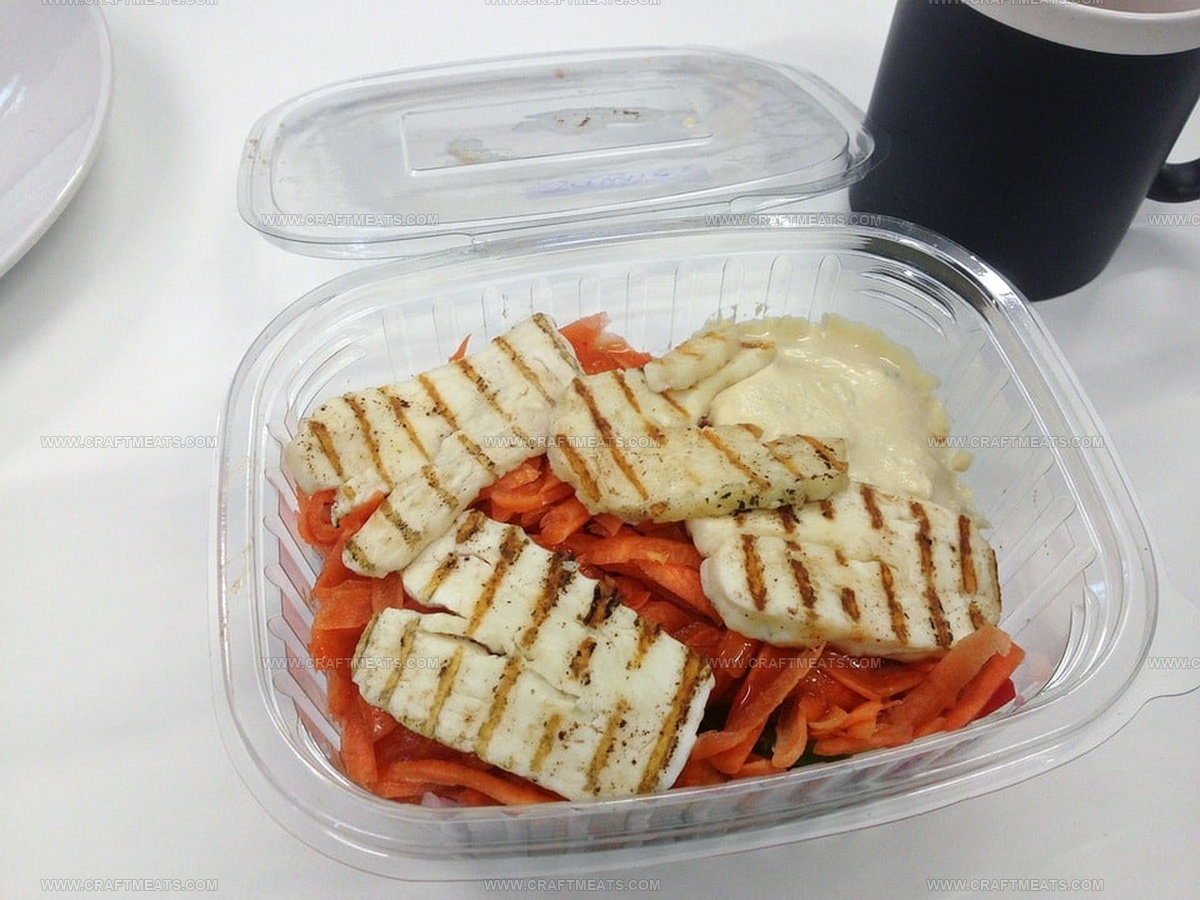
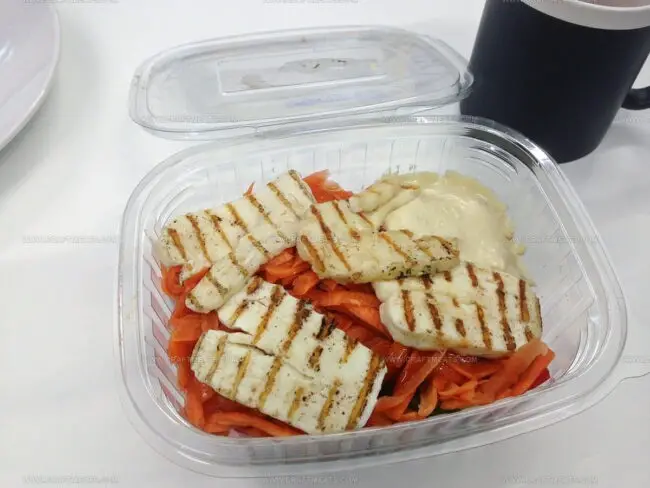
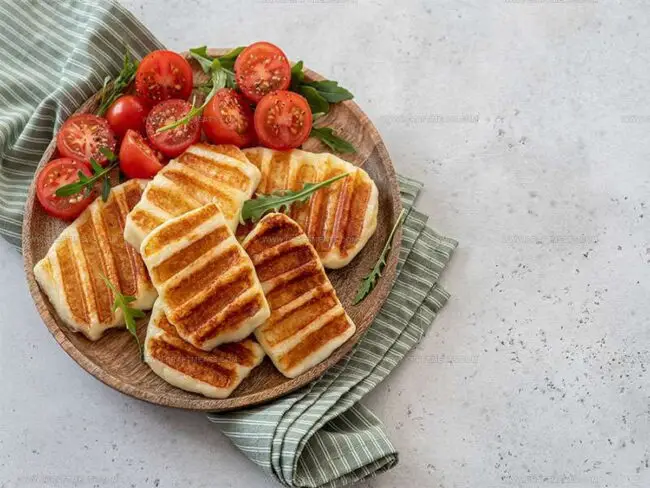
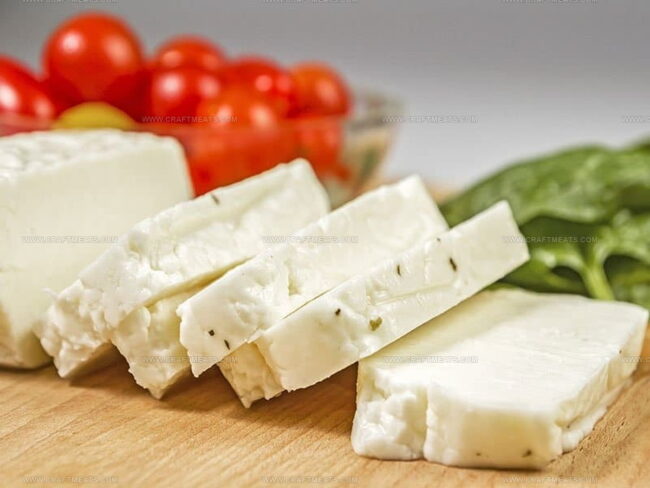
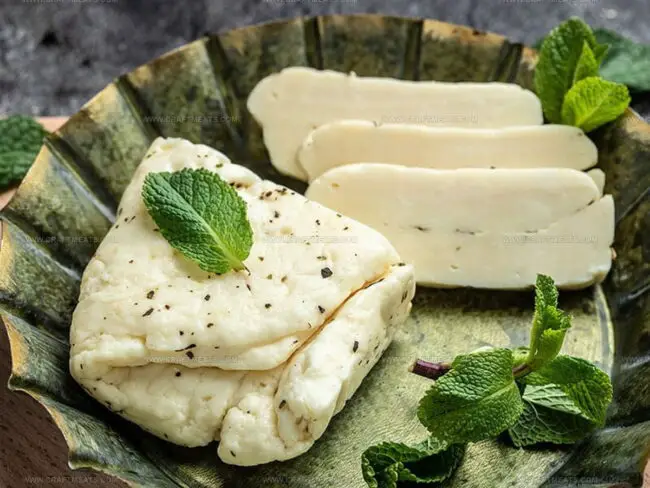
Liam O’Sullivan
Founder & Culinary Content Creator
Expertise
Recipe Development, Traditional Irish and European Cuisines, Food Styling and Photography, Culinary Education
Education
Dublin Institute of Technology (DIT) – School of Culinary Arts and Food Technology
Ballymaloe Cookery School
Isabella brings a global spark to the Craft Meats table. Born in Florence and trained at the Apicius International School of Hospitality, she blends classic Italian flavor with modern writing that’s easy to follow and hard to forget.
Her additional training at the Italian Chef Academy fueled her love for well-crafted dishes, especially ones that spotlight beautiful cuts of meat.
She’s a food writer with heart, and a deep love for storytelling through single recipes. Her goal? To help you cook with more confidence and a little more joy, no matter where you start.